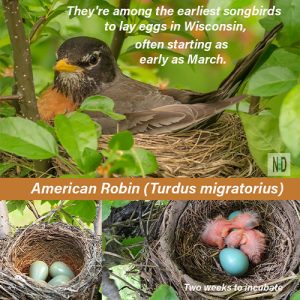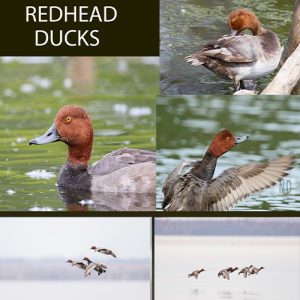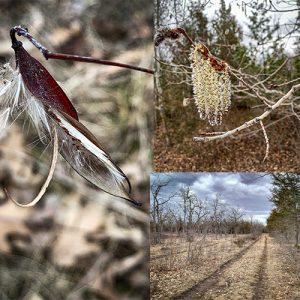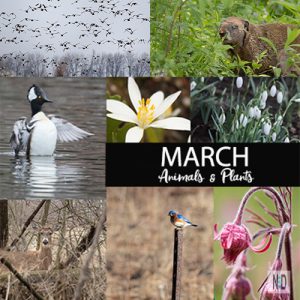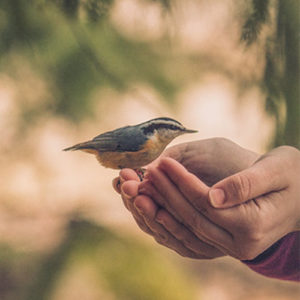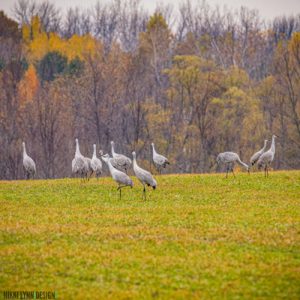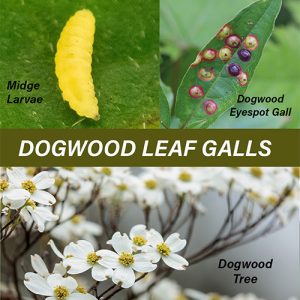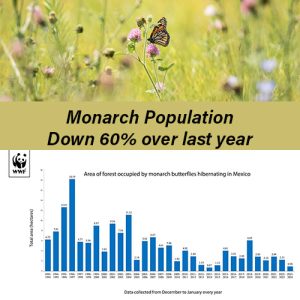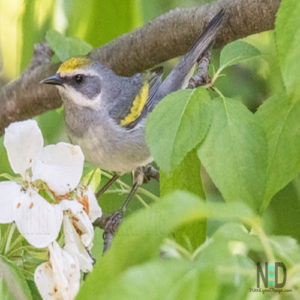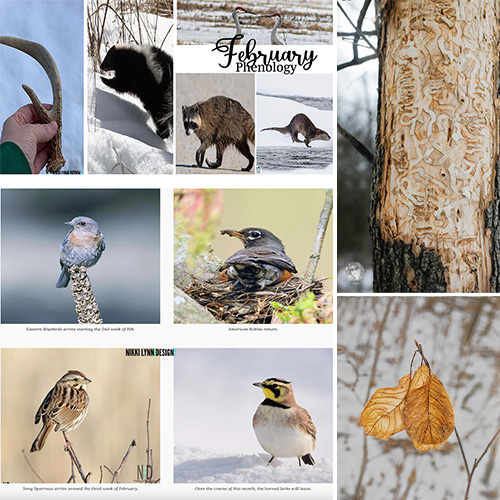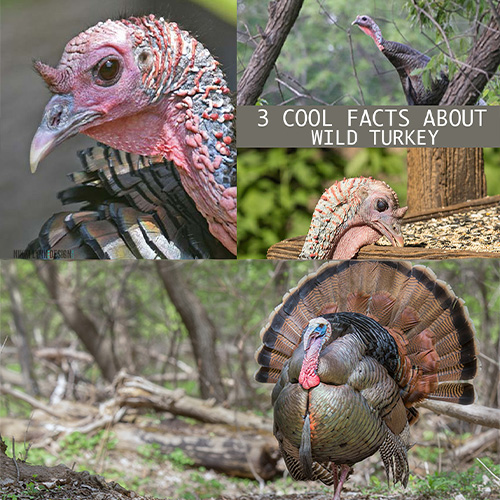The Common Goldeneye (Bucephala clangula) is a species of diving duck commonly found in North America, Europe, and parts of Asia. Here are some key characteristics of the Common Goldeneye ducks:
Male & Female
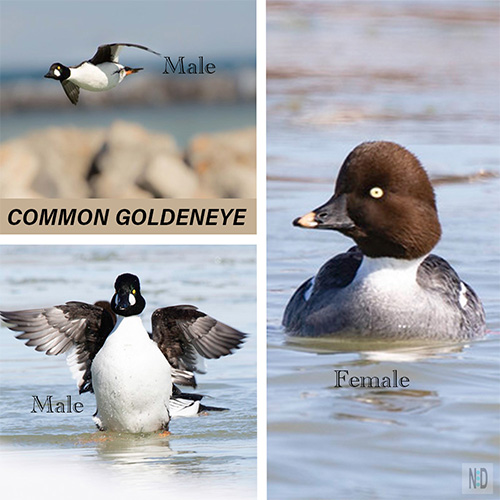
Male Common Goldeneyes have striking black and white plumage. They have a dark iridescent green head with a circular white patch between the eye and the bill. The back and sides are black, and the underparts are white.
Females are brownish-gray with a smaller, brownish head.
These ducks are known for their distinctive courtship displays during the breeding season, which often involve head-bobbing, wing-flapping, and vocalizations.
“The goldeneye’s flight is a brushstroke of gold against the canvas of the sky, painting dreams of freedom.”
General Info
| Scientific Name: | Bucephala clangula |
| Description: | Common Goldeneyes are medium-sized diving ducks. They typically measure around 42-51 cm (17-20 inches) in length with a wingspan of about 71-76 cm (28-30 inches). |
| Diet: | Common Goldeneyes are diving ducks and primarily feed on aquatic invertebrates like insects, mollusks, crustaceans, and small fish. They are agile divers and can dive to considerable depths to search for food. |
| Resident: | Both Residents & Migrants of Wisconsin |
| Most Often Seen: | During the breeding season, Common Goldeneyes are often found in boreal forests near freshwater lakes and rivers. They prefer wooded lakes and rivers for breeding, but during winter, they migrate to coastal waters, estuaries, and sometimes inland lakes. |
“In the goldeneye’s gaze, one finds the secrets of solitude and serenity.”
Images Of Common Goldeneye
Breeding & Migration
Common Goldeneyes are often appreciated by birdwatchers and wildlife enthusiasts for their striking appearance and interesting behaviors, especially during the breeding season. They are also popular among hunters for their sport and as a game species.
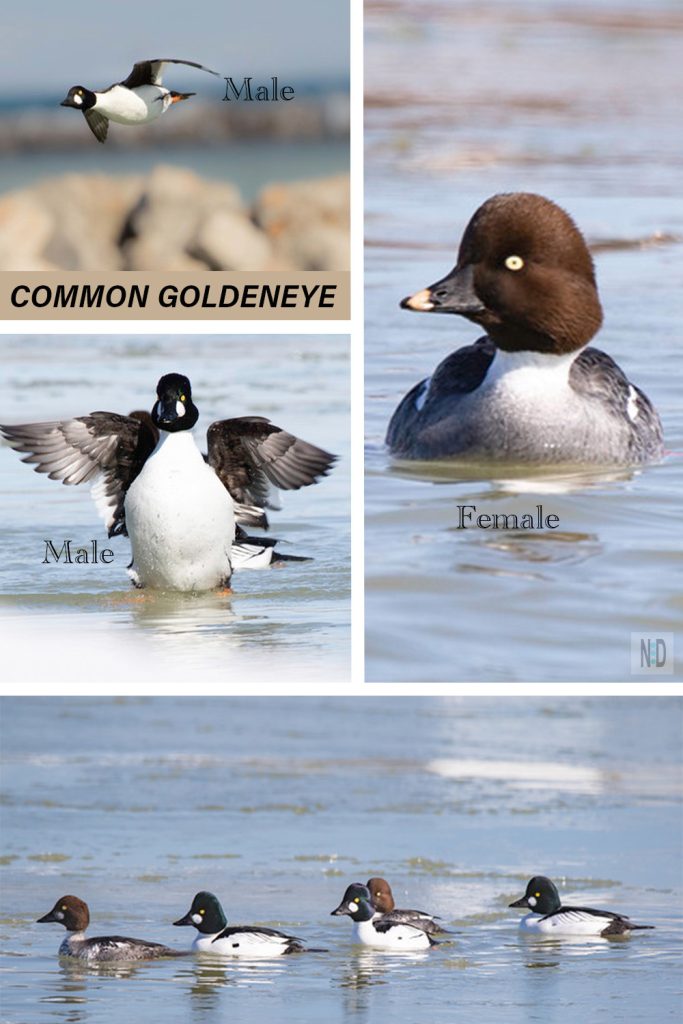
Both Residents & Migrants
In Wisconsin, Common Goldeneye ducks are both breeding residents and migrants. Here’s a bit more detail on their breeding and migration patterns in the state:
- Breeding: During the breeding season, which typically occurs from April to July, Common Goldeneyes can be found in the northern parts of Wisconsin, particularly in boreal forest areas near freshwater lakes, rivers, and marshes. They prefer wooded lakes with plenty of nesting cavities, such as old woodpecker holes in trees or nest boxes provided by conservation organizations.
- Migration: During the fall and winter months, many Common Goldeneyes migrate southward from their breeding grounds in Canada and the northern United States to overwinter in more temperate areas. In Wisconsin, they may be found in larger numbers during migration periods, particularly along the state’s coastlines, estuaries, and inland lakes with open water.
- Wintering Areas: Common Goldeneyes that winter in Wisconsin can often be seen on open bodies of water, including larger lakes, rivers, and coastal areas. They are partial migrants, meaning that while some individuals migrate south for the winter, others may remain in the state if suitable habitat and food sources are available.
- Conservation: Protecting breeding habitat and maintaining suitable wintering areas are essential for the conservation of Common Goldeneye populations in Wisconsin. Conservation efforts focused on preserving wetlands, maintaining water quality, and providing nest boxes or other nesting structures can help support breeding populations. Additionally, protecting wintering areas and minimizing disturbance during migration periods are important for the birds’ overall survival.
Overall, Common Goldeneyes play an important role in Wisconsin’s avian biodiversity, both as breeding residents and migratory visitors. Understanding their breeding and migration patterns can inform conservation efforts aimed at maintaining healthy populations of these beautiful diving ducks.
“Goldeneyes dance upon the water, their elegance a reflection of nature’s grace.”
Additional Posts
The post was last updated in February 2024.
This site contains affiliate links that may provide a small compensation to me —-> at no additional cost to you.



















